How and when to fertilize winter jasmine – avoid harming your plants by feeding at the wrong time
Fertilizing during the wrong season can reduce winter jasmine blooms
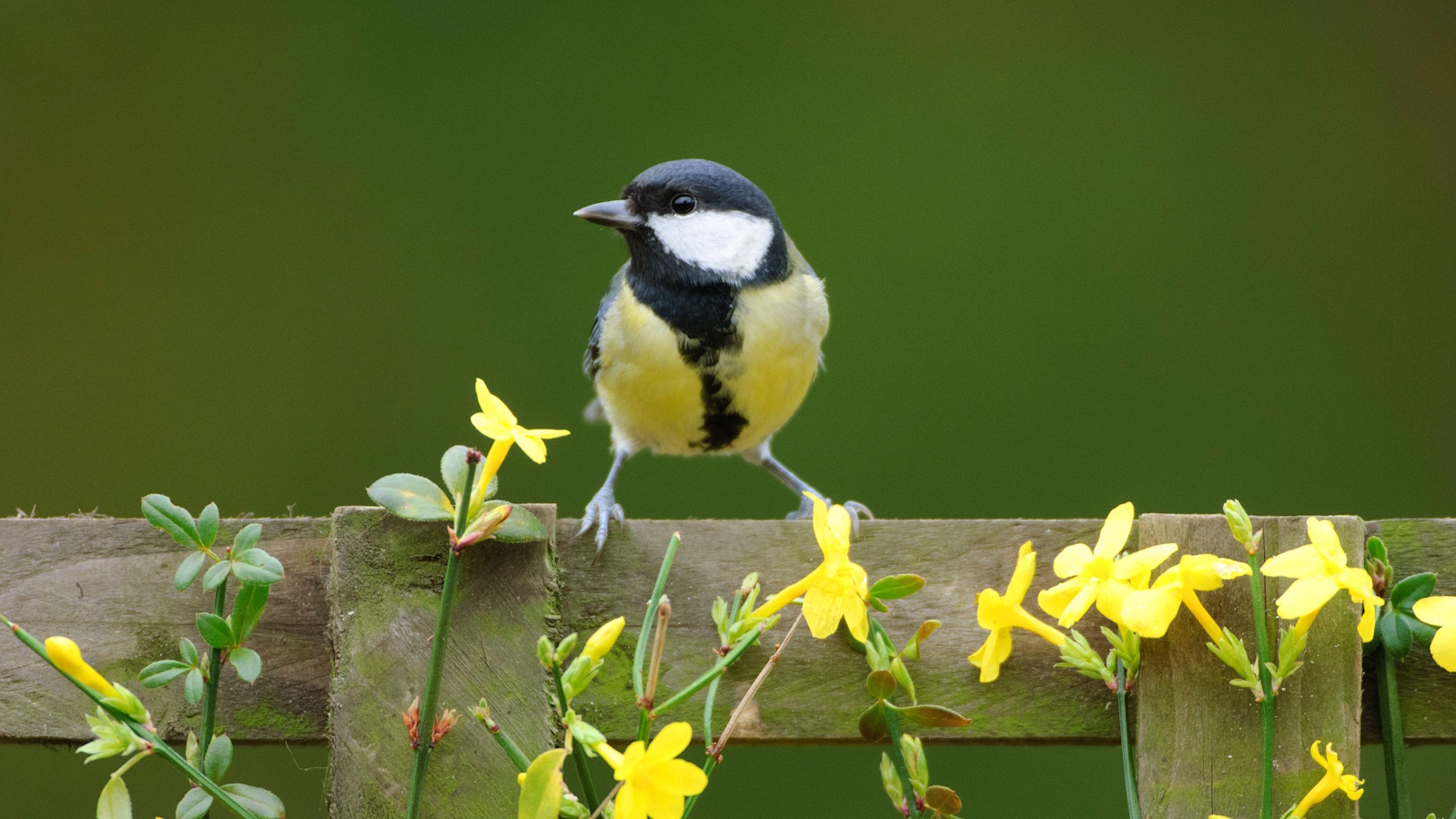
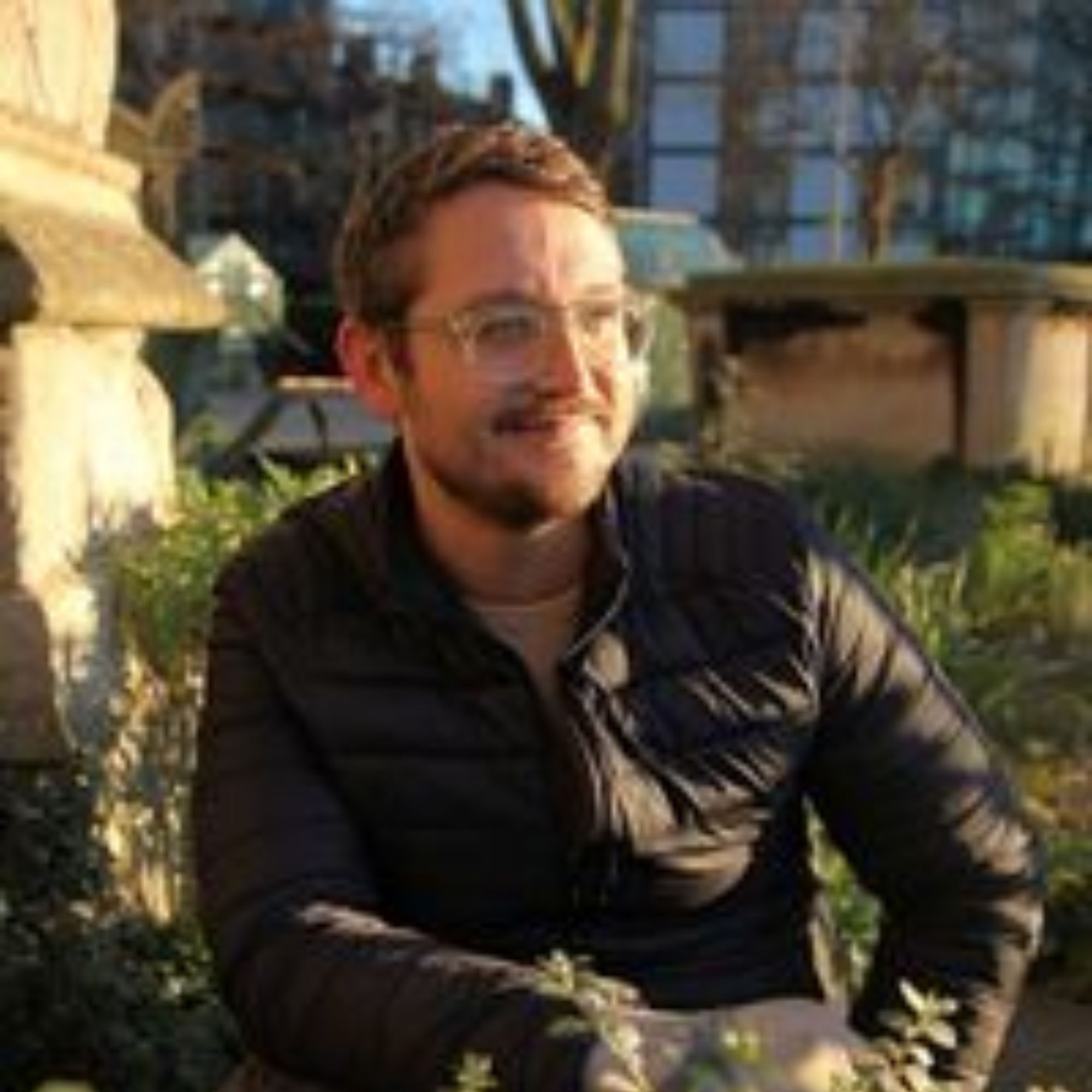
Winter jasmine, Jasminum nudiflorum, is a deciduous shrub that produces golden-yellow blooms during winter months when much else in the yard is dormant. When the weather is cold and frosty, spotting these star-like flowers in the corner of your plot will surely bring a smile.
Caring for these shrubs is relatively straightforward, but many people ask when and how to fertilize winter jasmine to maximize flowering. Feeding at the wrong time can damage your plant, and knowing when and when not to fertilize is crucial to plant success.
So, while you might know how to grow winter jasmine, there are specific rules to follow when feeding your shrub. Here, we share timing information and the best approach to fertilizing winter jasmine to get the most from your plant.
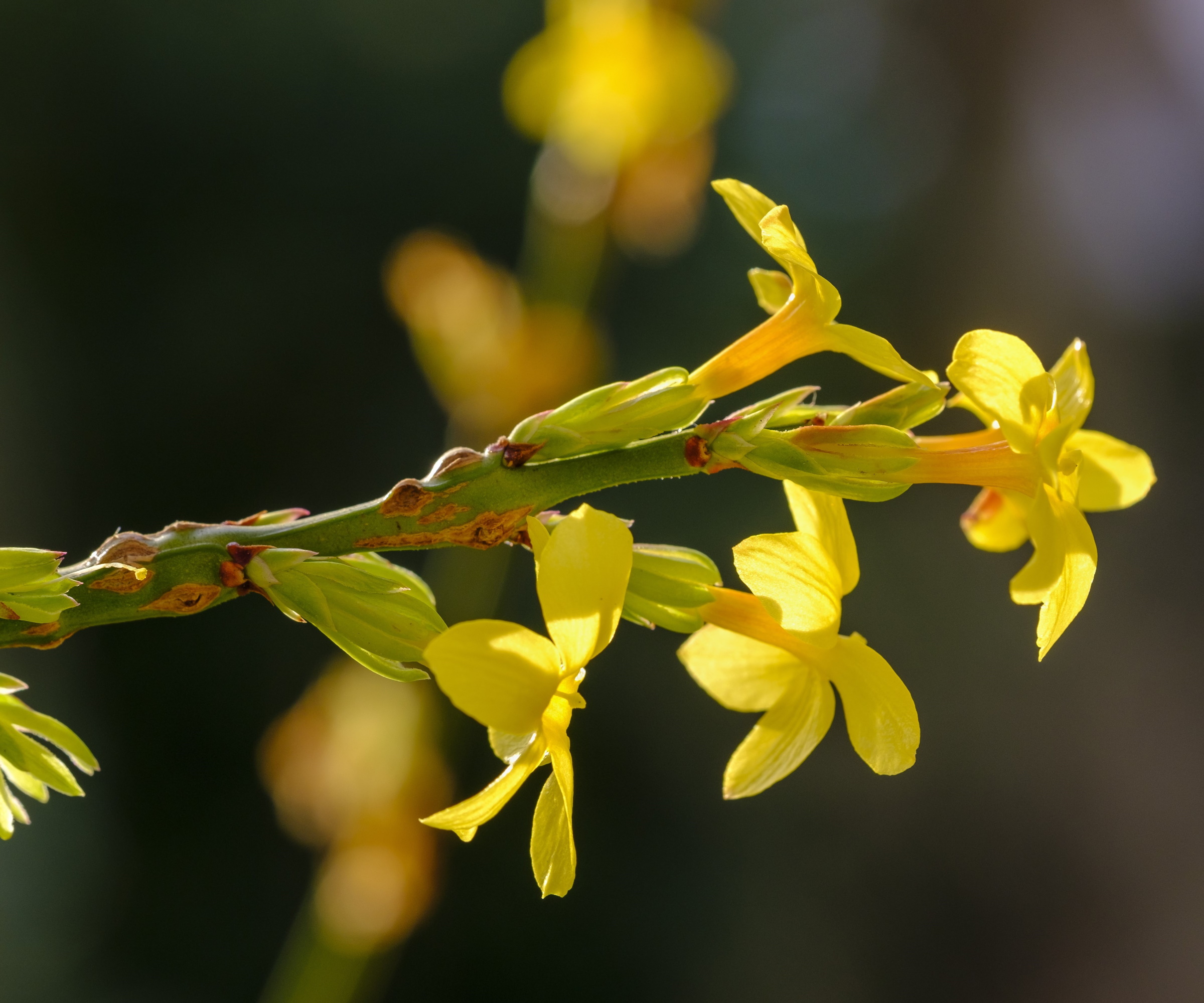
Timing is everything when you fertilize winter jasmine
Winter jasmine can be grown from US hardiness zone 6, and while it is native to China, it is today found growing across much of the world. This tough plant is relatively self-sufficient, but fertilizer can be used to give your plant a boost. The trick is knowing the right time to feed to improve plant productivity without harming it.
When to fertilize winter jasmine
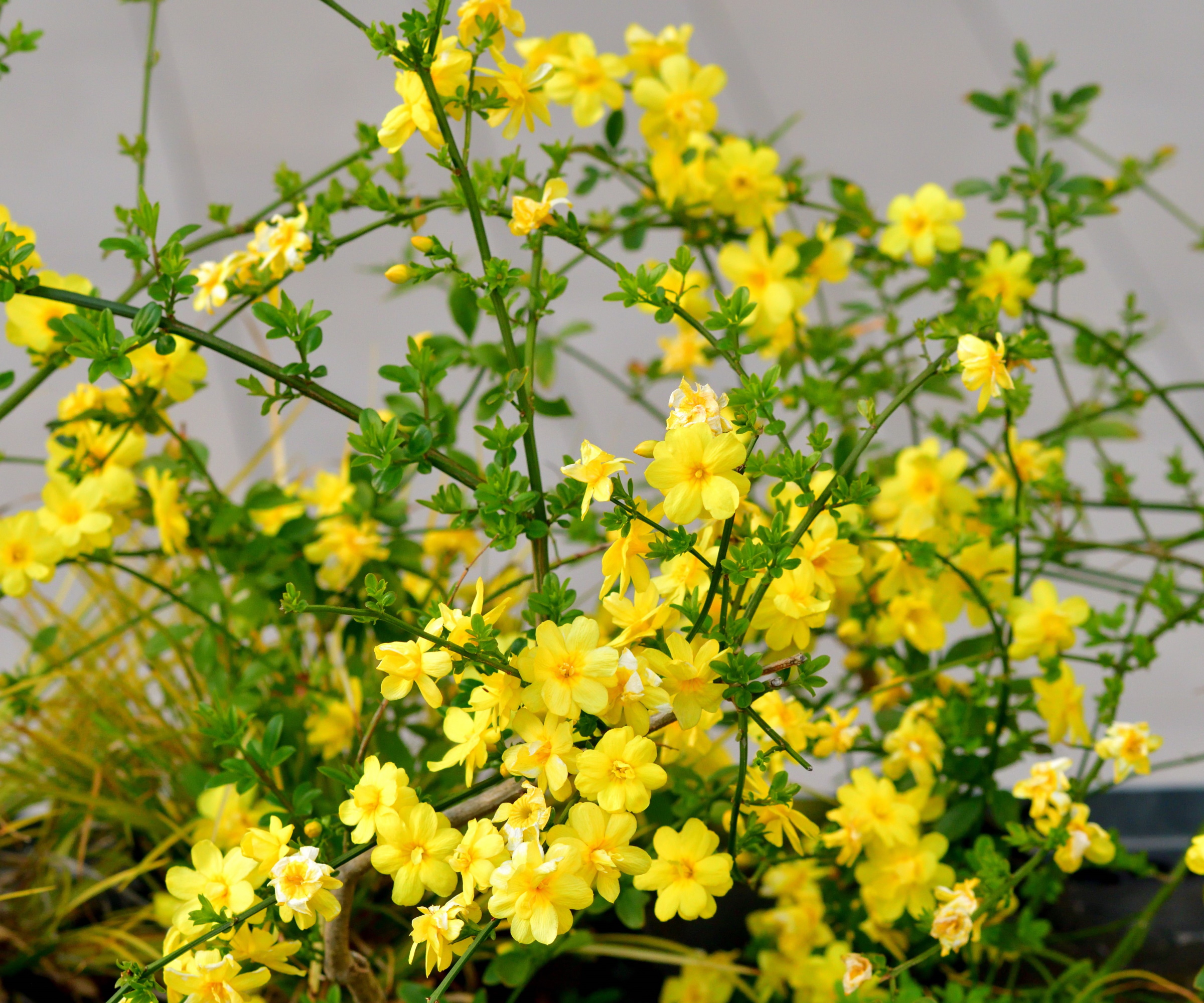
'This easy-to-grow plant is a staple in many gardens across the US,' says Jen McDonald, gardening expert and co-founder of Garden Girls. 'Unlike star jasmine, the blooms on winter jasmine are not fragrant, sadly, but it doesn't diminish how special this plant is. Anything that flowers in the dead of winter is a star to me!
'Typically, winter jasmine produces striking yellow flowers in December, January and February,' Jen adds, 'and while you might think that feeding at this time will help to encourage blooms, this would be a mistake.'
Indeed, as Jen says, feeding in winter is not the right approach for winter jasmine. Feeding at the wrong time is a common fertilizing mistake to avoid that will not produce any great effect and can actually damage your plant.
Instead, the optimum time to feed this plant is in the spring, after flowering. Giving your plant a boost at this time will help to produce a good showing of flowers the following year. While this can seem counter-intuitive or far away in the future, feeding in spring is the best approach.
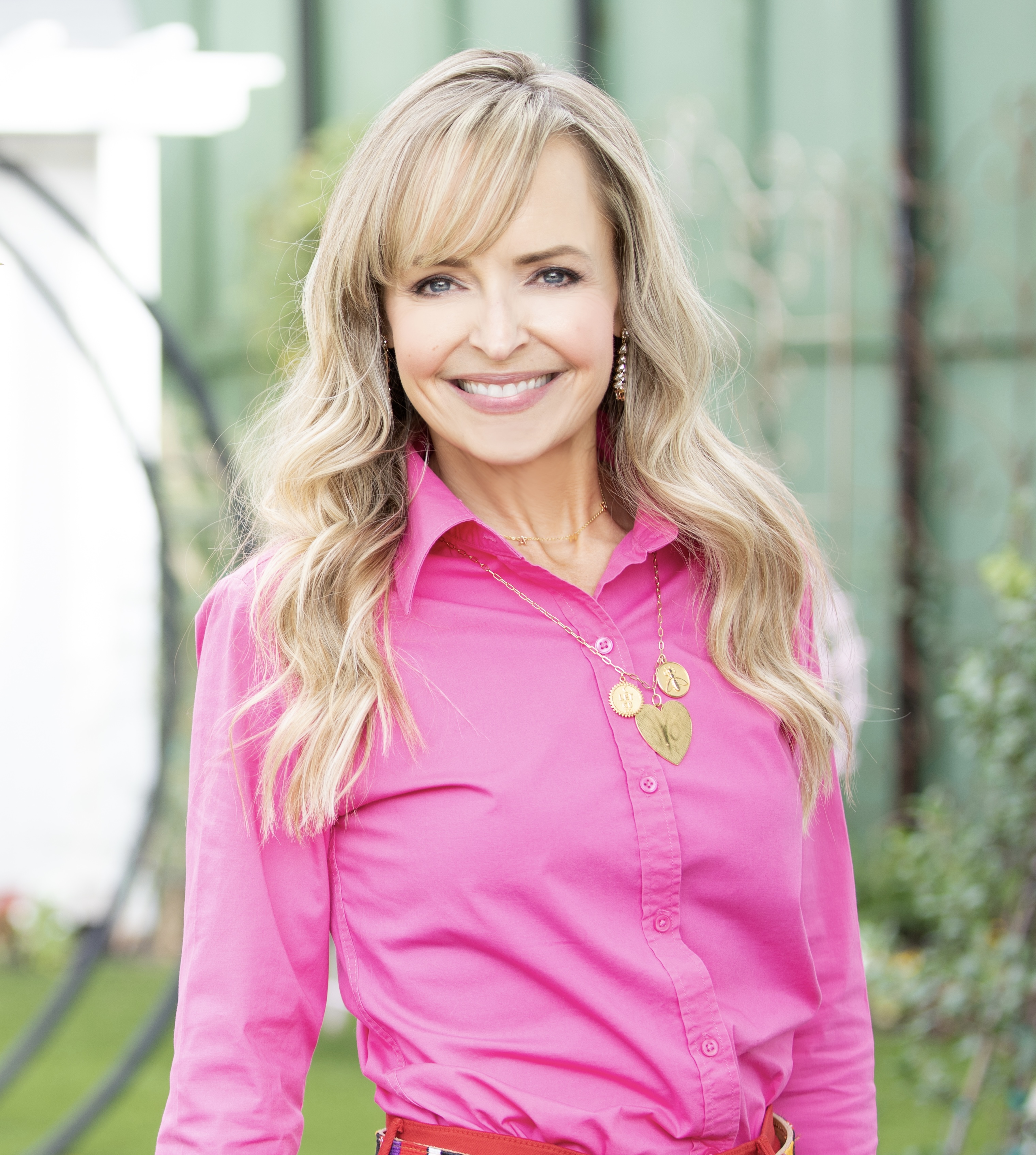
Jen McDonald is a garden expert and co-founder of Garden Girls, based in Houston, Texas. With 14 raised beds and over 400 square feet of growing space, she grows everything from amaranth to peanuts, cut flowers to cucumbers.
How to fertilize winter jasmine
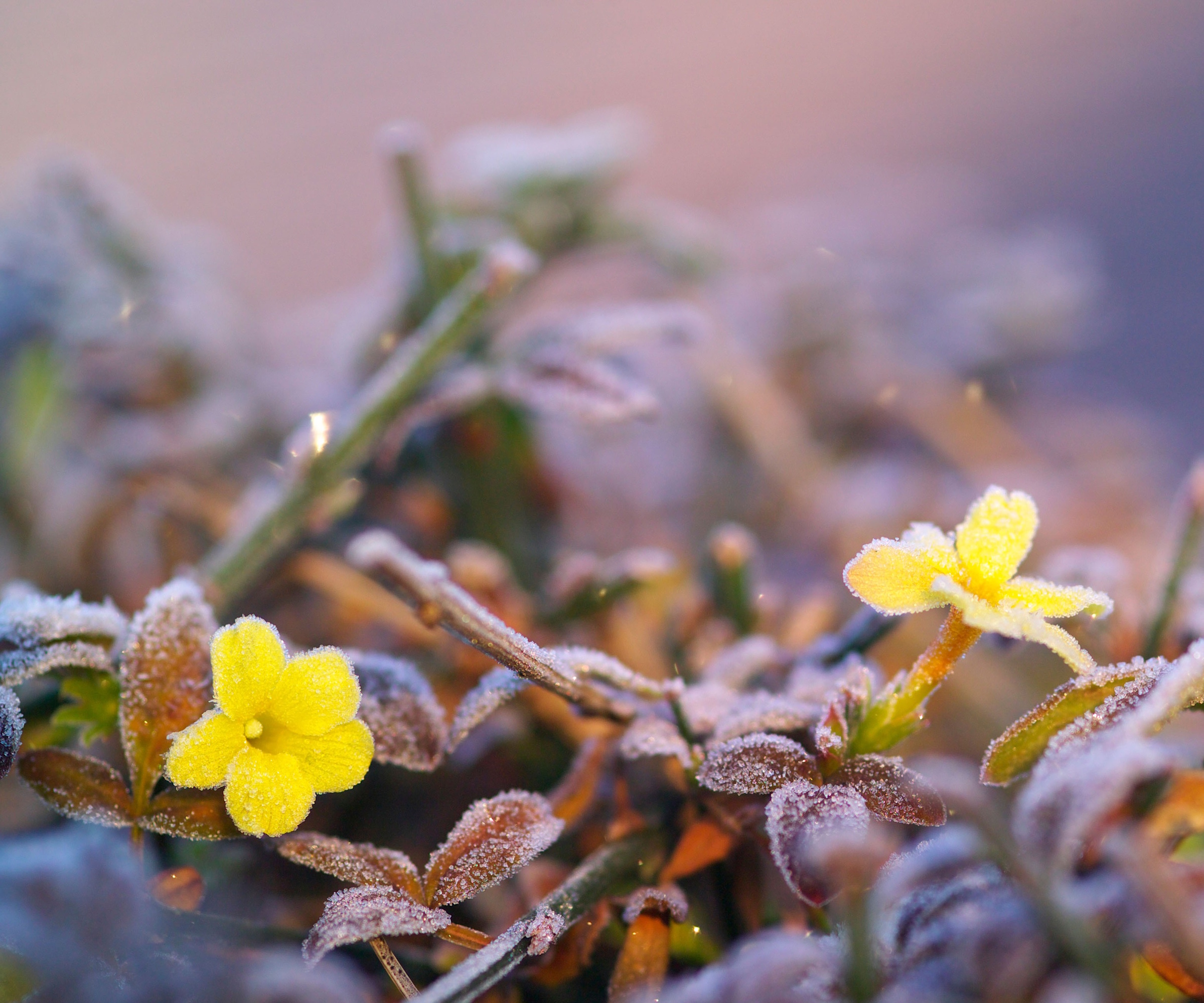
So, during the springtime, after your winter jasmine plant has finished flowering and turned green with the unfurling of fresh foliage, you can then feed your plant.
To improve soil health, you can either apply compost, leaf mold, or mulch to the base of your winter jasmine, spreading a thick one to two-inch layer thereby adding plenty of fresh nutrients to the soil. You can do this at any point in the year, but during winter or spring would be good, to help suppress weeds and retain water in the growing season ahead. Organic mulch is available from Amazon.
Alternatively, you can use an organic all-purpose fertilizer, available from Amazon, combining a small amount with the soil. Carefully fork or dig this into the soil, taking your time so as to not damage the roots of the plant, before giving a deep watering to saturate the soil. In terms of plant fertilizer numbers, use a well-balanced product, something like 5-5-5 or 7-7-7, and I would always use slightly less than the recommended amount for this plant.
Finally, I suggest feeding winter jasmine just once in the springtime. Generally speaking, winter jasmine plants do not need much fertilizer, and with an annual application of compost or mulch, and a light feed in the spring, your plant should produce plenty of blooms and good foliage growth in the year ahead. Avoid over-feeding which can burn the roots and do harm to your plant.

This organic plant feed is ideal for a range of flowering plants, encouraging shrubs and climbers to put on plenty of healthy growth during spring and summer.
FAQs
My winter jasmine has bare stems with no flowers or foliage - should I feed my plant?
Bare patches are not the result of nutrient deficiency. Typically, they appear due to a lack of pruning. Pruning consistently will ensure that your shrub stays compact and full of foliage, and will also prevent those bare patches from appearing. Pruning should be done every year in the spring, as soon as your plant has finished flowering. Do not prune before this as you will be removing flower buds before they have opened. Winter jasmine responds well to pruning, so do not be worried about trimming stems by up to one-third to encourage full, bushy growth.
If you wish for your winter jasmine to grow vertically, training will be required. This shrub is more of a rambler as opposed to a climber, so it is a good idea to tie in your plant to protect it from collapsing, particularly during stormy weather and heavy rainfall in the fall and winter months. Reusable Velcro ties, available from Amazon, are a sustainable option and a good idea for securing your plants.
For more plant inspiration, see our guide on how to grow jasmine in pots, for a summer show of fragrant flowers.
Sign up to the Homes & Gardens newsletter
Design expertise in your inbox – from inspiring decorating ideas and beautiful celebrity homes to practical gardening advice and shopping round-ups.

Thomas is a Content Editor within the Gardens Team at Homes and Gardens. He has worked as a professional gardener for both public spaces and private estates, specializing in productive gardening, growing food and flowers. Trained in Horticulture at the Garden Museum, he has written on gardening and garden history for various publications, including The English Garden, Gardens Illustrated, Hortus, The London Gardener and Bloom. He has co-authored a Lonely Planet travel book, The Tree Atlas, due out in 2024.
-
 Anna Kendrick's favorite coffee maker is the first machine to make iced beverages that are 'just as cold as a coffee shop' – it's currently under $200
Anna Kendrick's favorite coffee maker is the first machine to make iced beverages that are 'just as cold as a coffee shop' – it's currently under $200The actress uses this smart machine to make perfect mocha frappes straight out of her kitchen – it's a summer 2025 must-have
By Hannah Ziegler
-
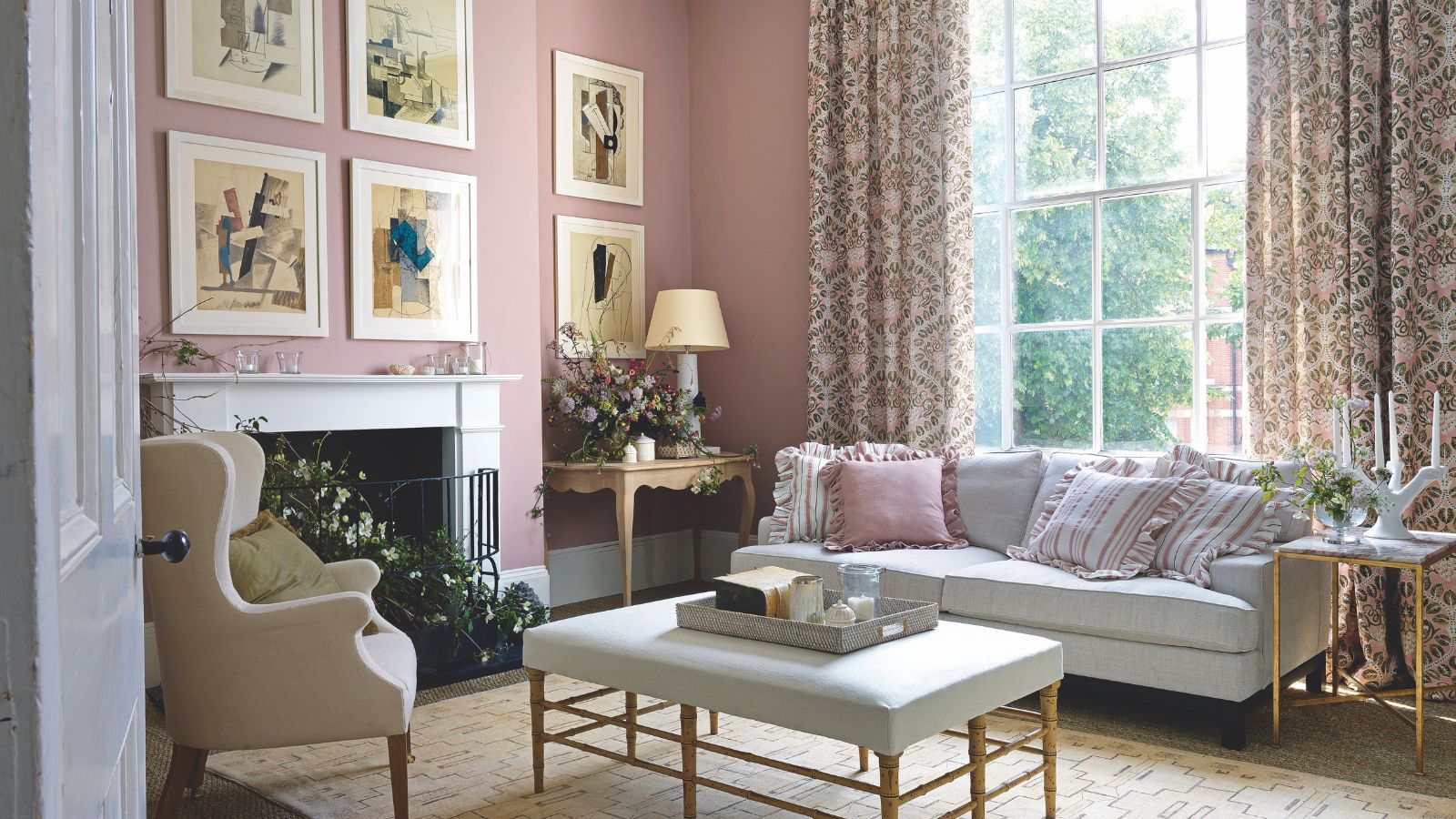 Put your 'purgatory place' and 'dust detective' in play – 6 expert tricks professional organizers use to effortlessly edit down belongings
Put your 'purgatory place' and 'dust detective' in play – 6 expert tricks professional organizers use to effortlessly edit down belongingsStress-free streamlining is entirely within sight
By Andy van Terheyden
-
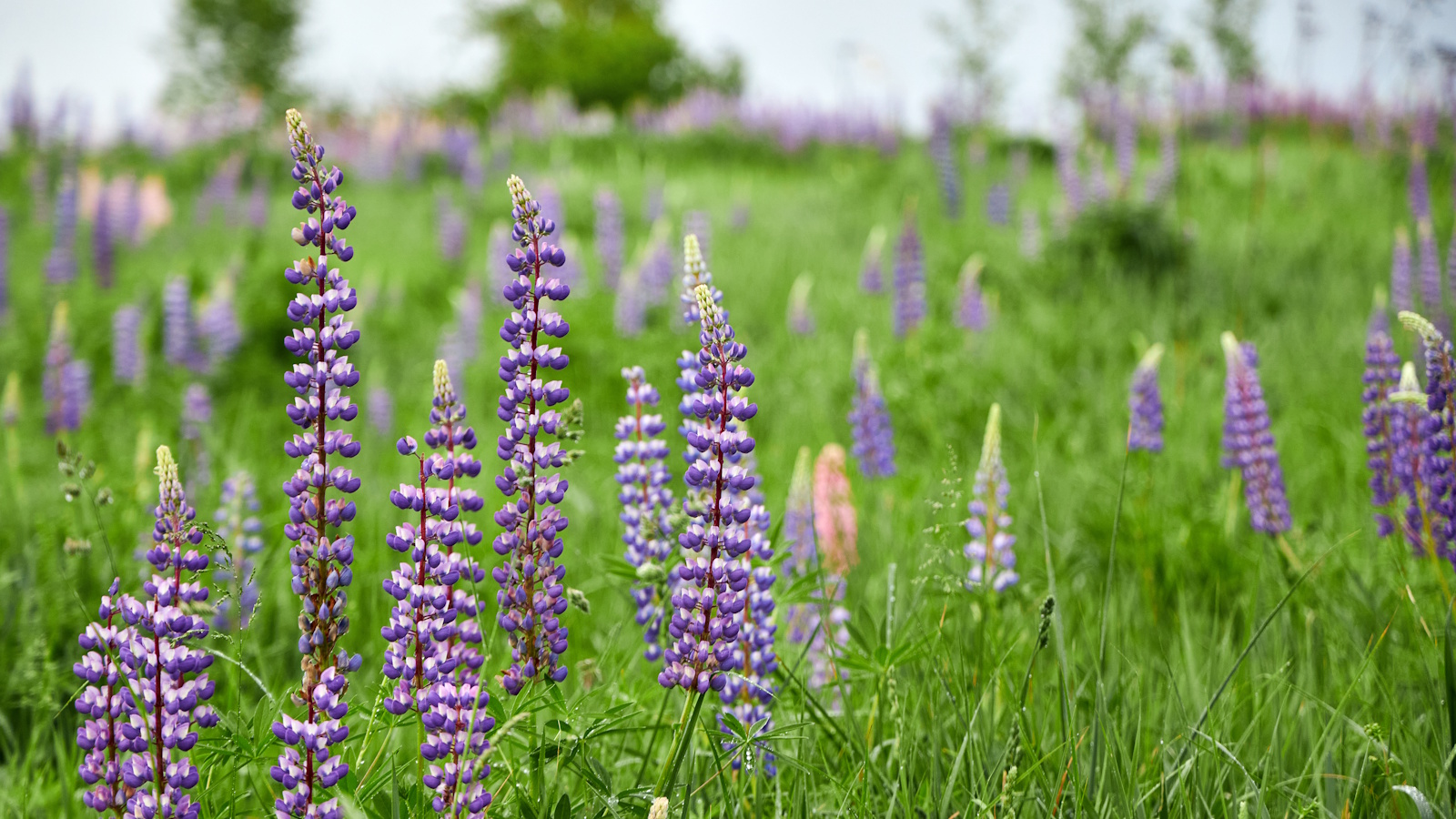 How to grow lupine – expert advice on growing this dramatic and vibrant cottage garden flower
How to grow lupine – expert advice on growing this dramatic and vibrant cottage garden flowerVibrantly colored flower stalks make swathes of lupines a sight to see in meadows and cut flower gardens alike
By Ellen Wells
-
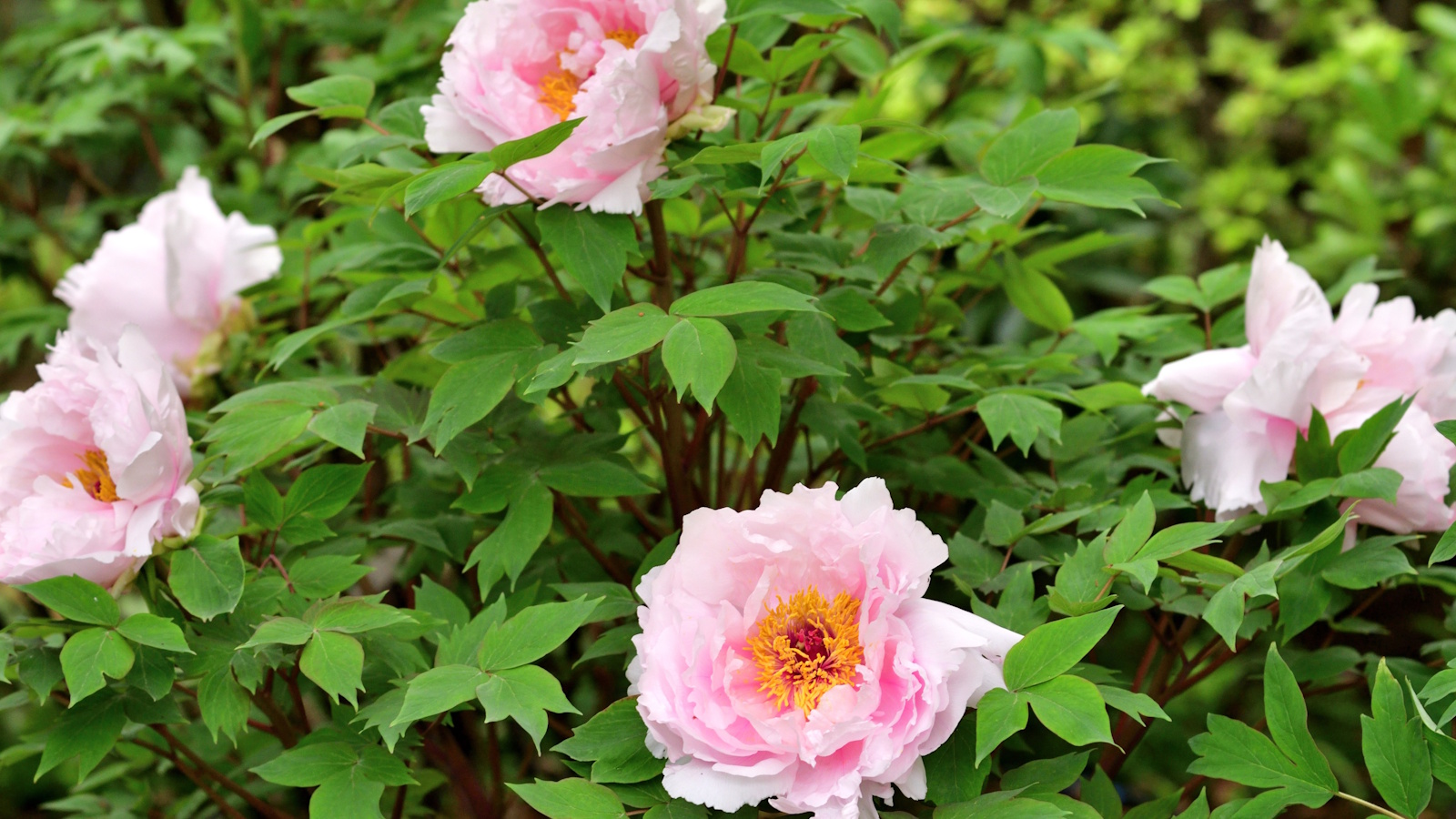 How to grow tree peonies in pots – for a show-stopping shrub that will thrive in partially shaded yards
How to grow tree peonies in pots – for a show-stopping shrub that will thrive in partially shaded yardsWith large, saucer-like blooms, tree peonies are the ultimate flowering shrub
By Thomas Rutter
-
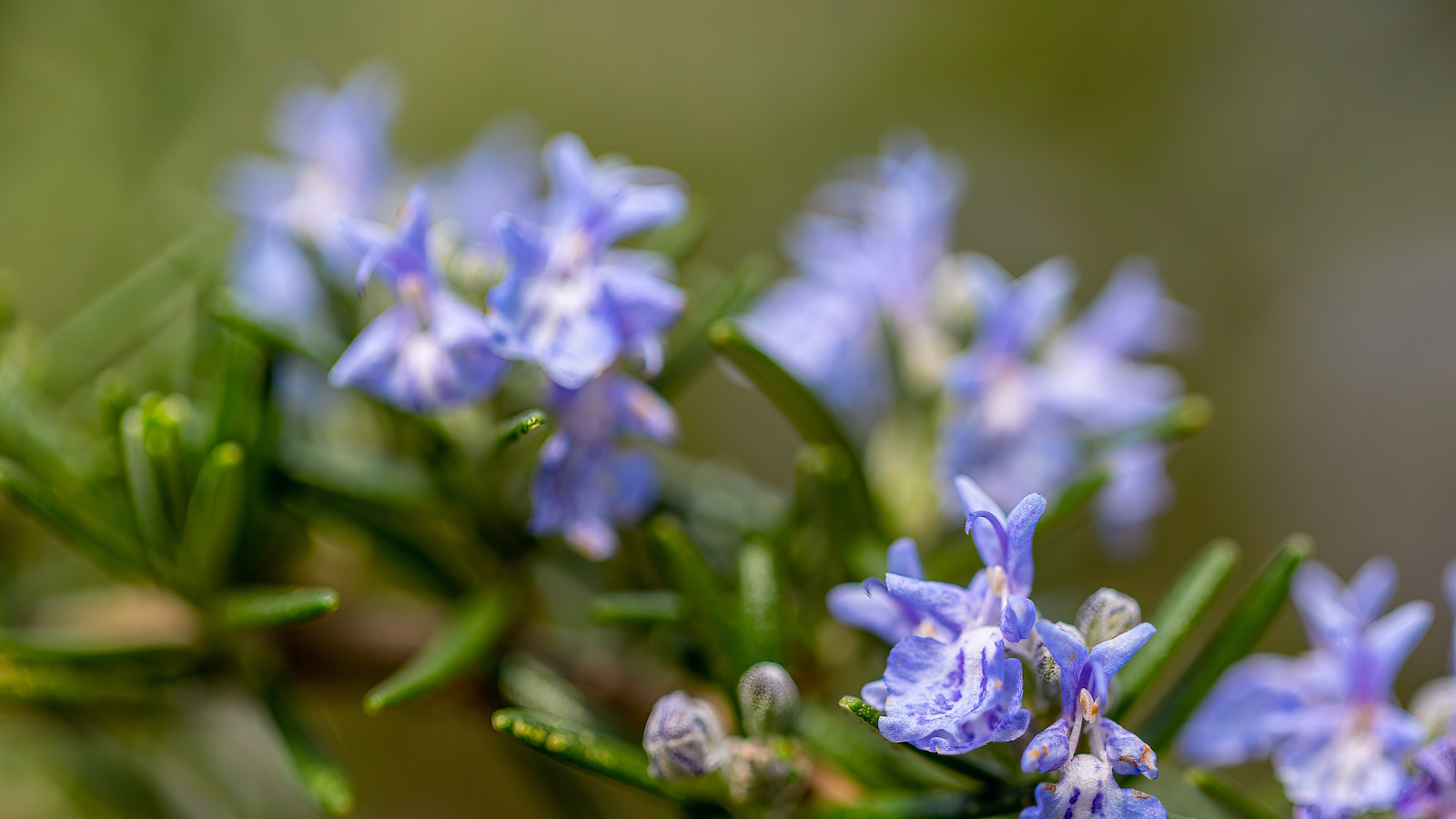 Can you revive woody rosemary plants? Expert pruning advice from a professional gardener to save old, leggy herbs
Can you revive woody rosemary plants? Expert pruning advice from a professional gardener to save old, leggy herbsWith the right pruning approach, old and woody rosemary plants can be brought back to life
By Thomas Rutter
-
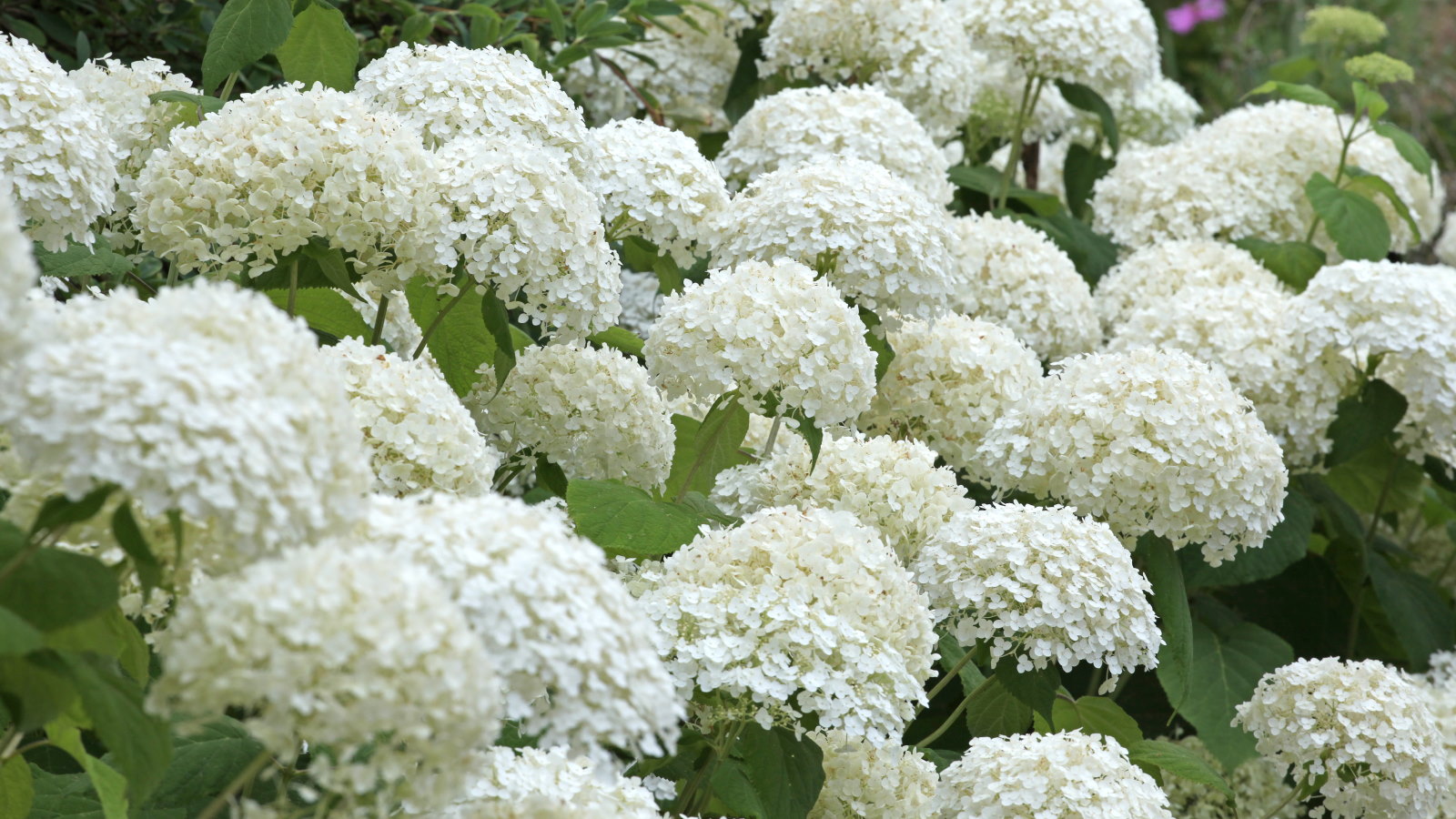 Your hydrangeas will flourish with bigger blooms and healthier growth thanks to this 1 natural material that is easy to use
Your hydrangeas will flourish with bigger blooms and healthier growth thanks to this 1 natural material that is easy to useDiscover why you should be using leaf mold to mulch hydrangeas
By Drew Swainston
-
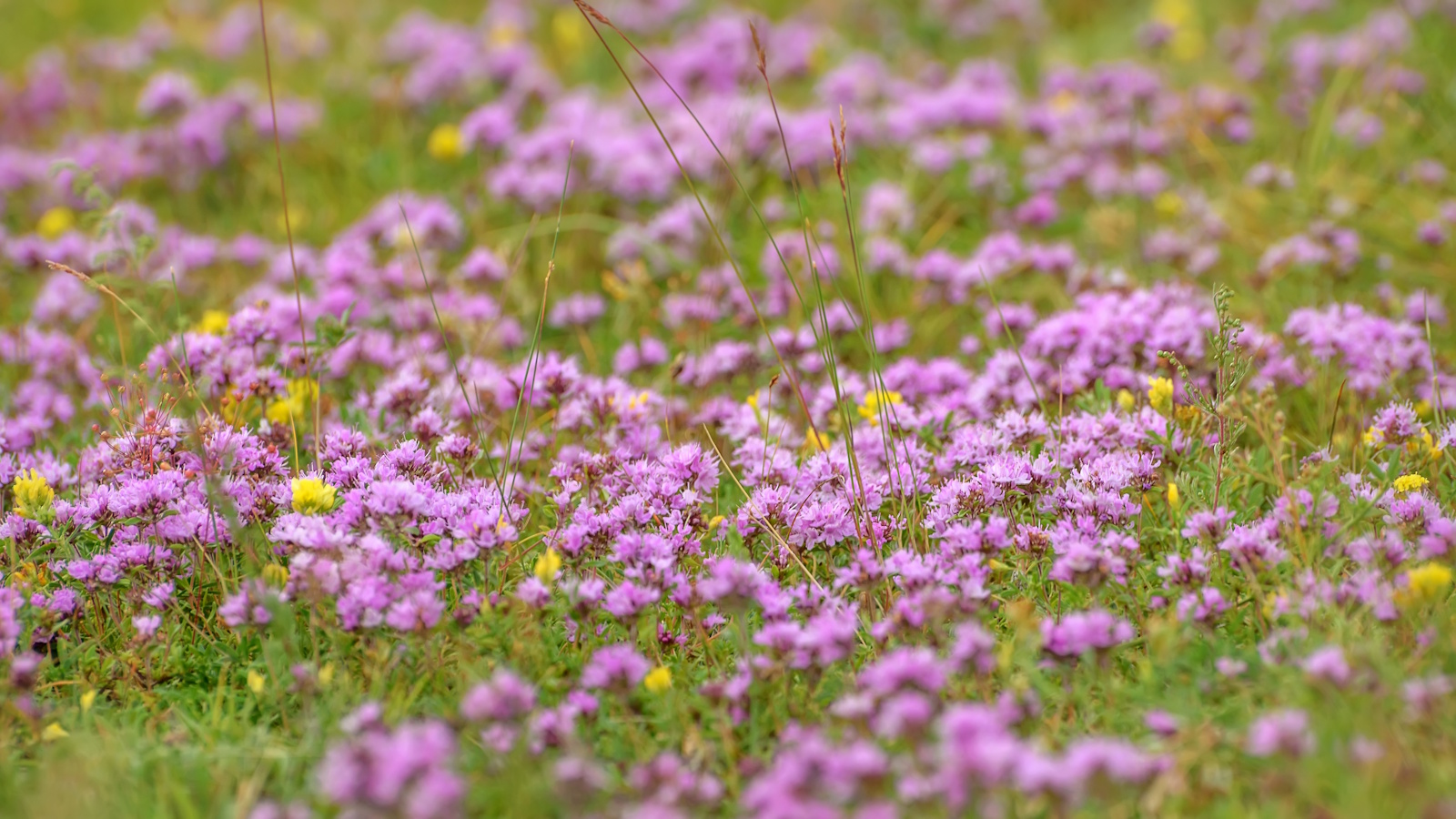 5 fast-growing tiny flowers – expert recommendations to fill your pots and borders with color in record time
5 fast-growing tiny flowers – expert recommendations to fill your pots and borders with color in record timeThese fast-growing tiny flowers prove that miniature can also be marvelous
By Thomas Rutter
-
 How to grow sassafras – for a low-maintenance native tree that can even be planted in shady yards
How to grow sassafras – for a low-maintenance native tree that can even be planted in shady yardsFor an easy-to-grow North American tree, you will not find much better than sassafras
By Thomas Rutter
-
 How to grow crepe myrtle in pots – and transform even the smallest of yards with dazzling flowers this summer
How to grow crepe myrtle in pots – and transform even the smallest of yards with dazzling flowers this summerGrowing crepe myrtles in pots will inject splashes of brilliant color into your outside space
By Thomas Rutter
-
 Best types of delphiniums – 14 stunning varieties for vibrant flower spikes in your yard
Best types of delphiniums – 14 stunning varieties for vibrant flower spikes in your yardPlants Here are our top types of delphiniums for brightening summer borders
By Holly Crossley